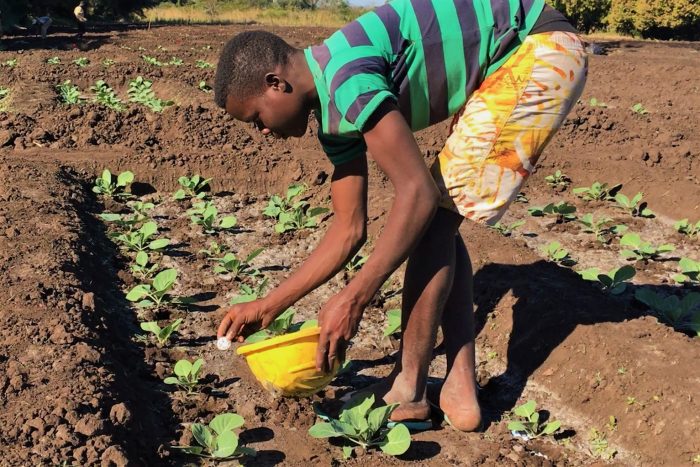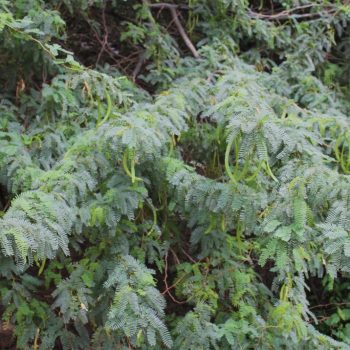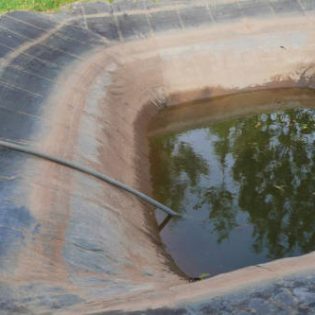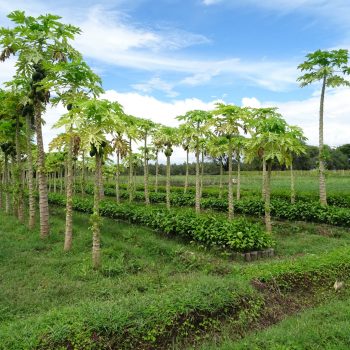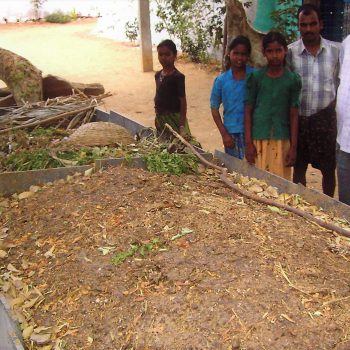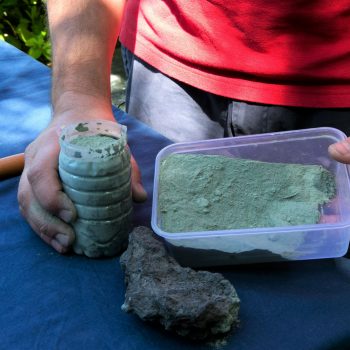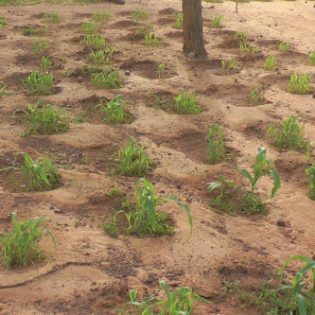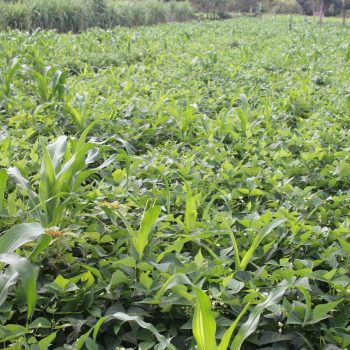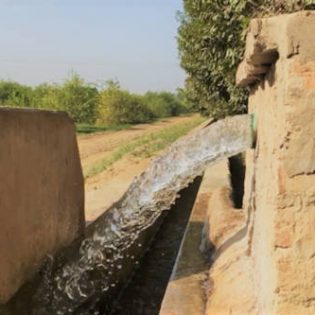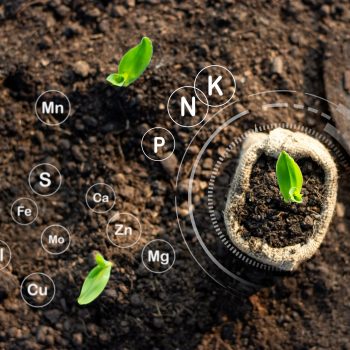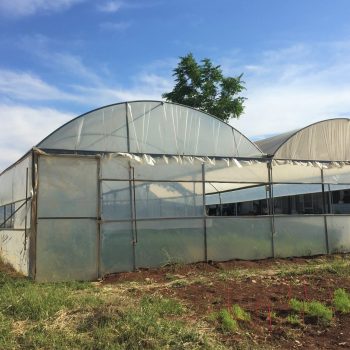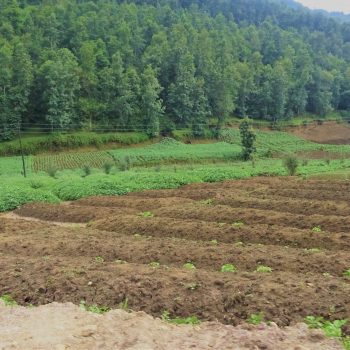| Efficient fertilizer use can contribute to increase crop yields, efficient energy use in agriculture and reduced pollution. Most (89%) of the increased agricultural production over the coming decades is expected to come from agricultural intensification, bringing along more intensive use of fertilizer. In several regions, nutrient limitations set the major ceiling on yields (Bindraban et al., 1999; Breman et al., 2001). Fertilizer use is particularly low in many parts of Africa and this constrains land and water productivity (in sub-Saharan Africa, only 9kg/ha of external nutrients are used as compared to 73kg/ha used in Latin America, 10 kg/ ha in South Asia and 135 kg/ha in East and Southeast Asia) (Kelly 2006). Therefore, particularly in sub-Saharan Africa, the world’s major agricultural frontier, a system of sustainable intensification is advocated (Pretty et al., 2006; Pretty et al. 2011; Tilman et al. 2011). With current rainfall patterns, improved soil fertility could double productivity in Africa (Molden et al., 2010), particularly if the appropriate dose and right type of fertilizer (responding to soil deficiencies, as can be evaluated by soil testing) are used. It is important is that fertilizers are used efficiently, as overuse contributes to influxes of nitrogen and phosphorus. These are negatively affecting many Earth systems in the form of groundwater pollution, eutrophication, reduced or depleted oxygen in water bodies causing extinction of species and land degradation (Rockström et al., 2009).
Bio-fertilizers and other nutrient sources, if properly used, are often a credible alternative to chemical fertilizers. Bio-based fertilizers more over help to improve the soil structure – a very important advantage. They also have the advantage of being produced locally – generating job opportunities. There are several types of bio-based fertilizer: – Organic manure – Compost – Vermicompost – Green manuring – Bio-fertilizer
|
Additional information
| Agriculture | Flood/spate irrigated, Irrigated, Rainfed (Crop) |
|---|
